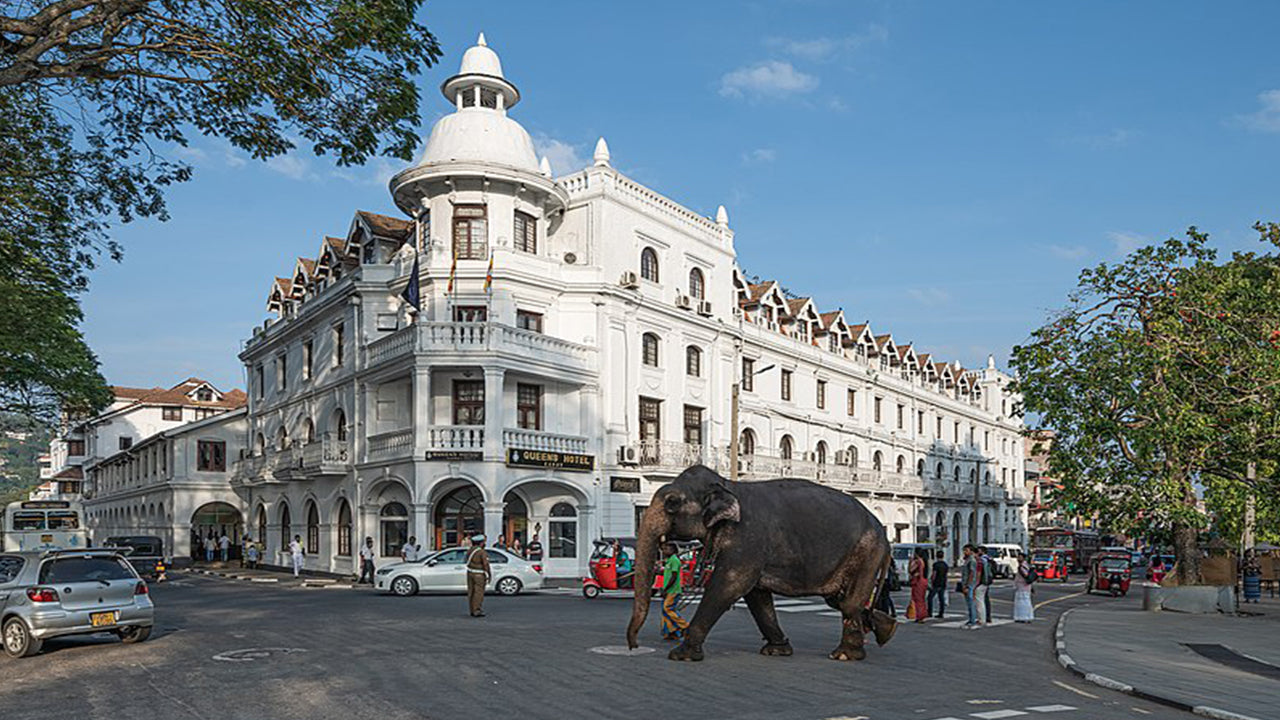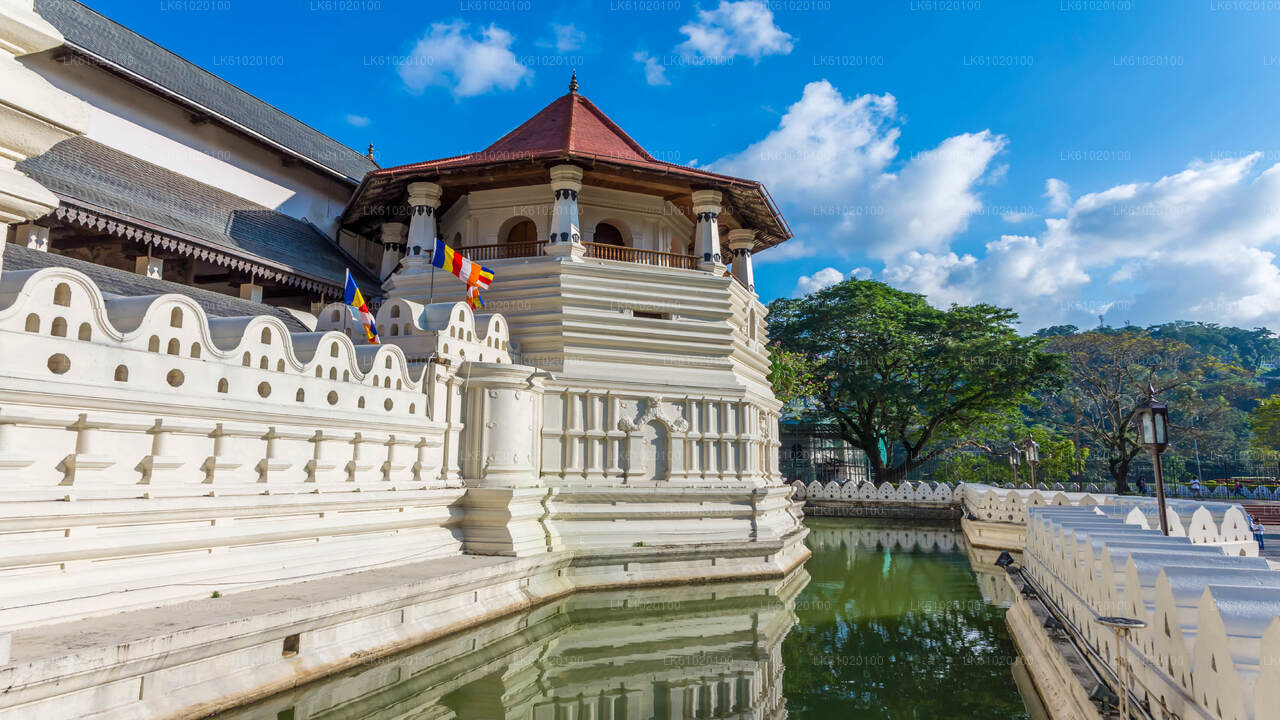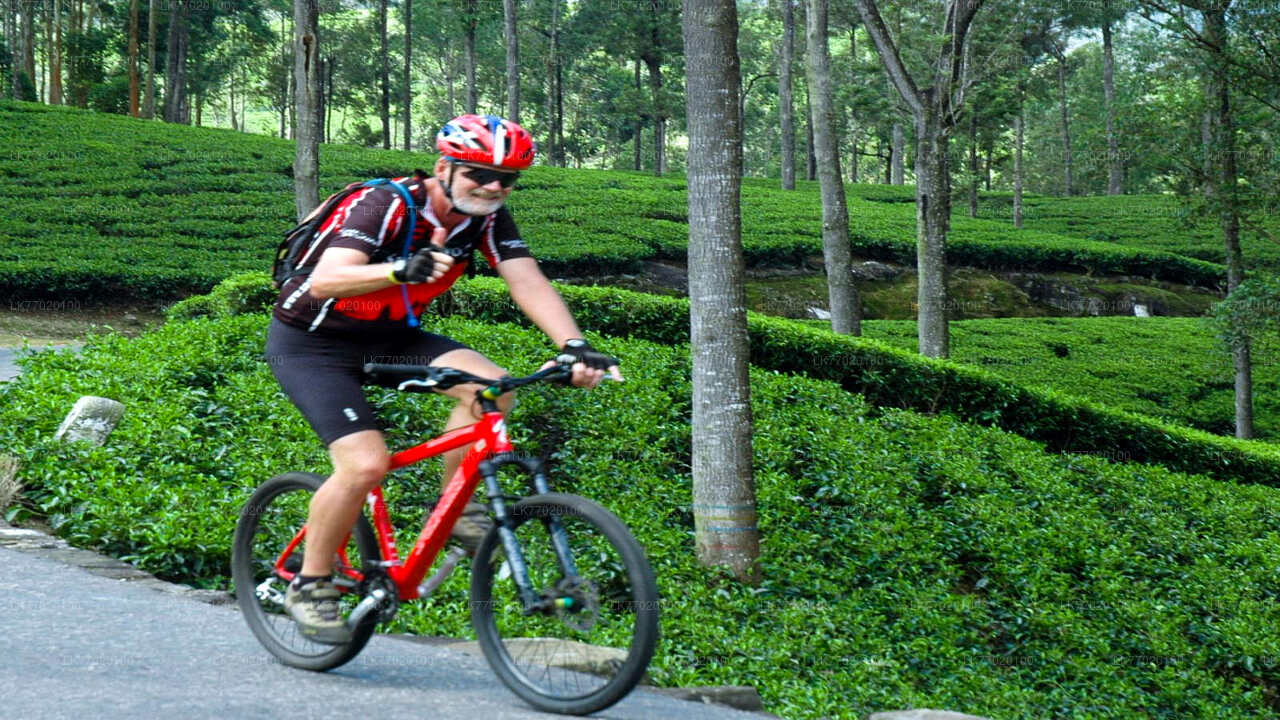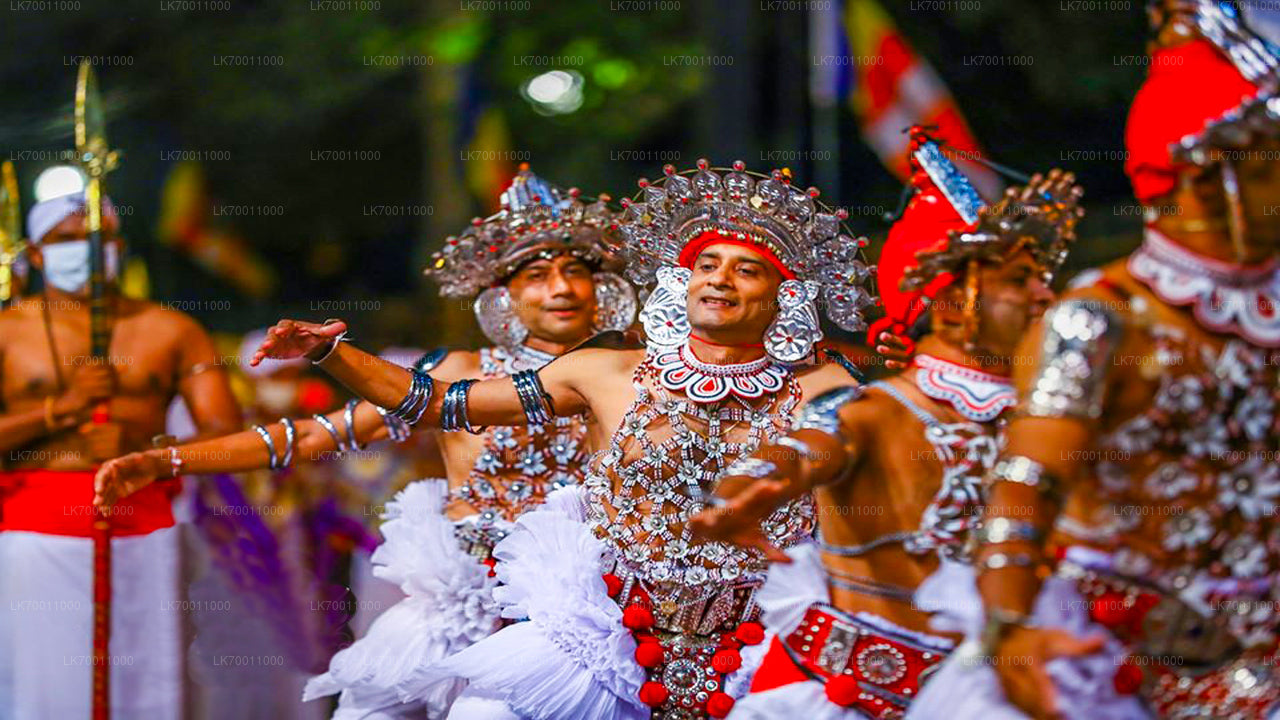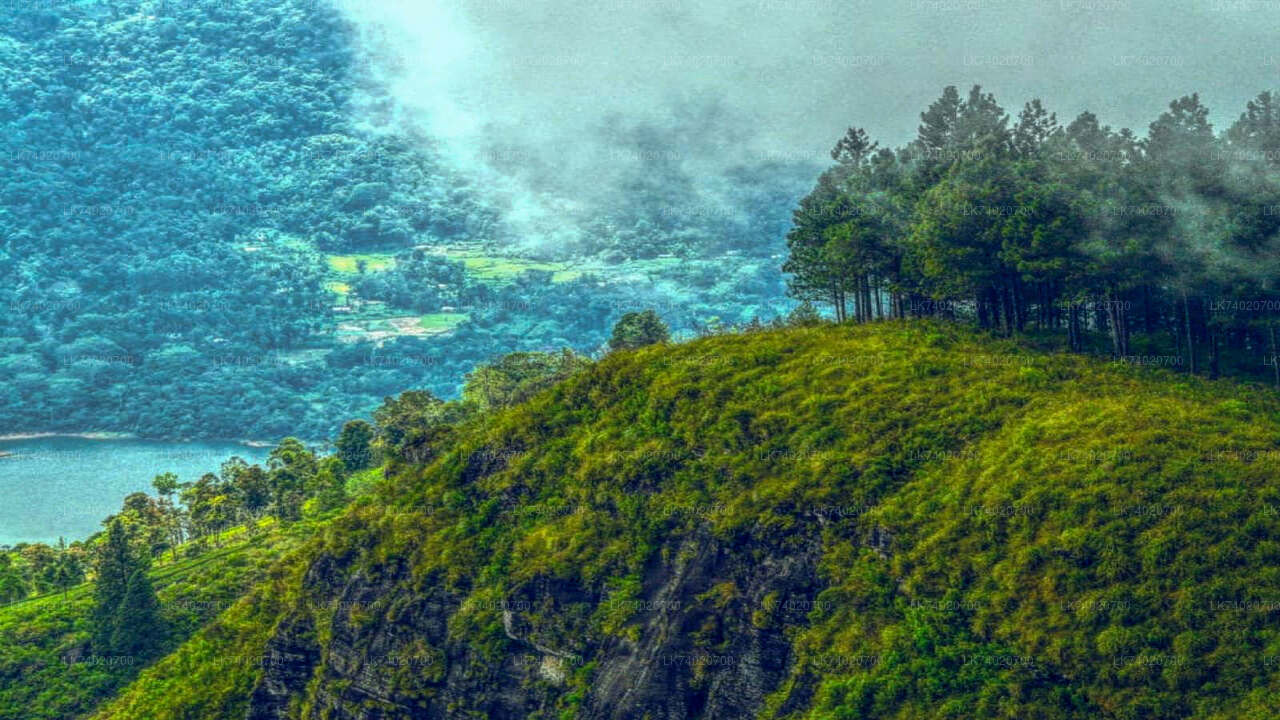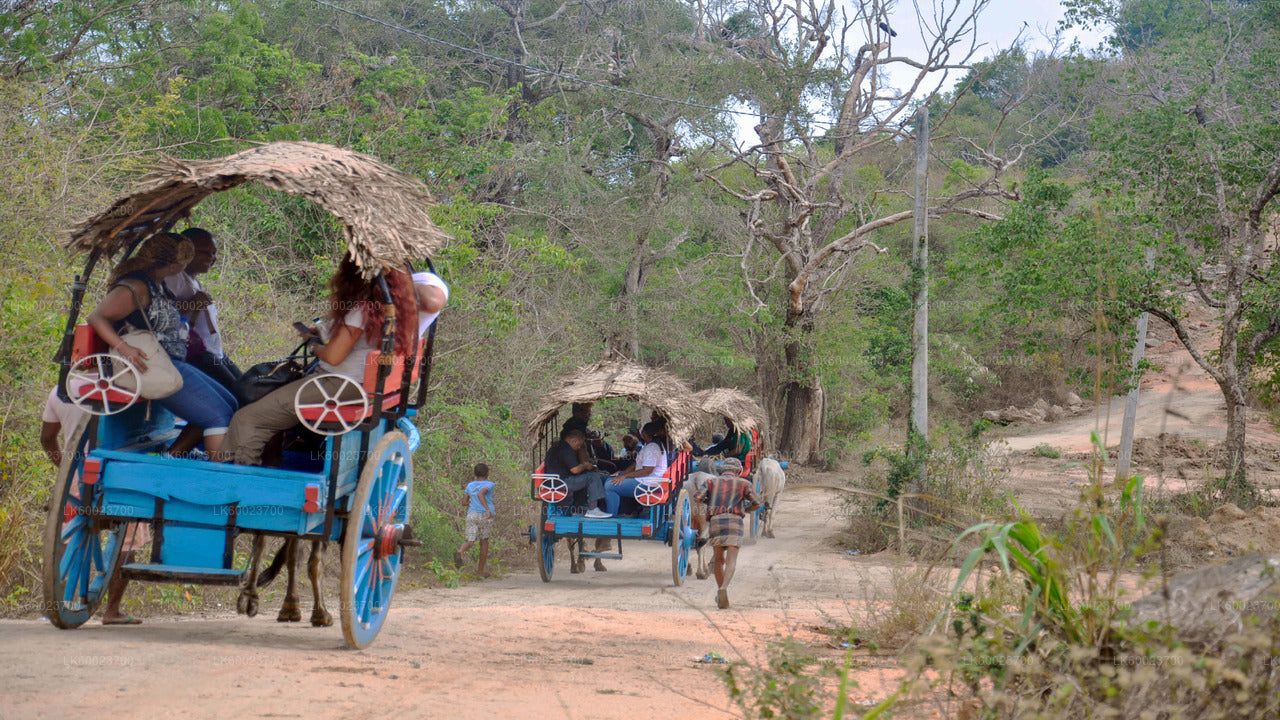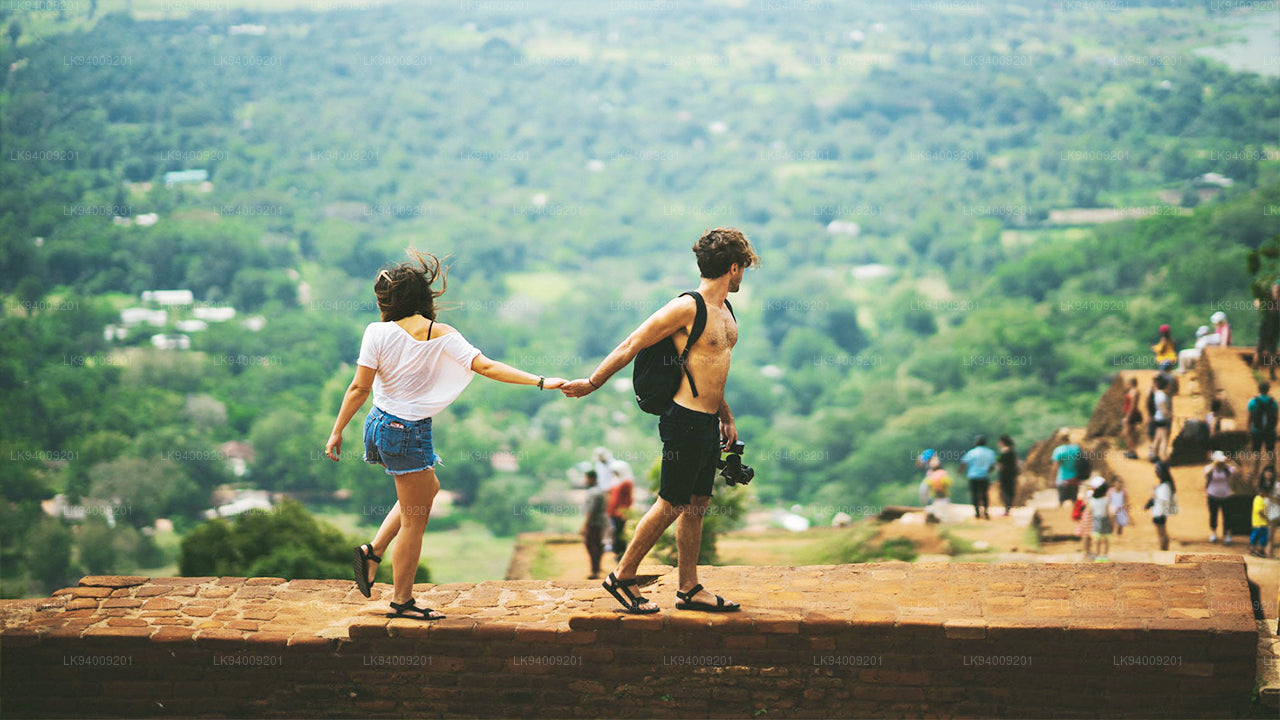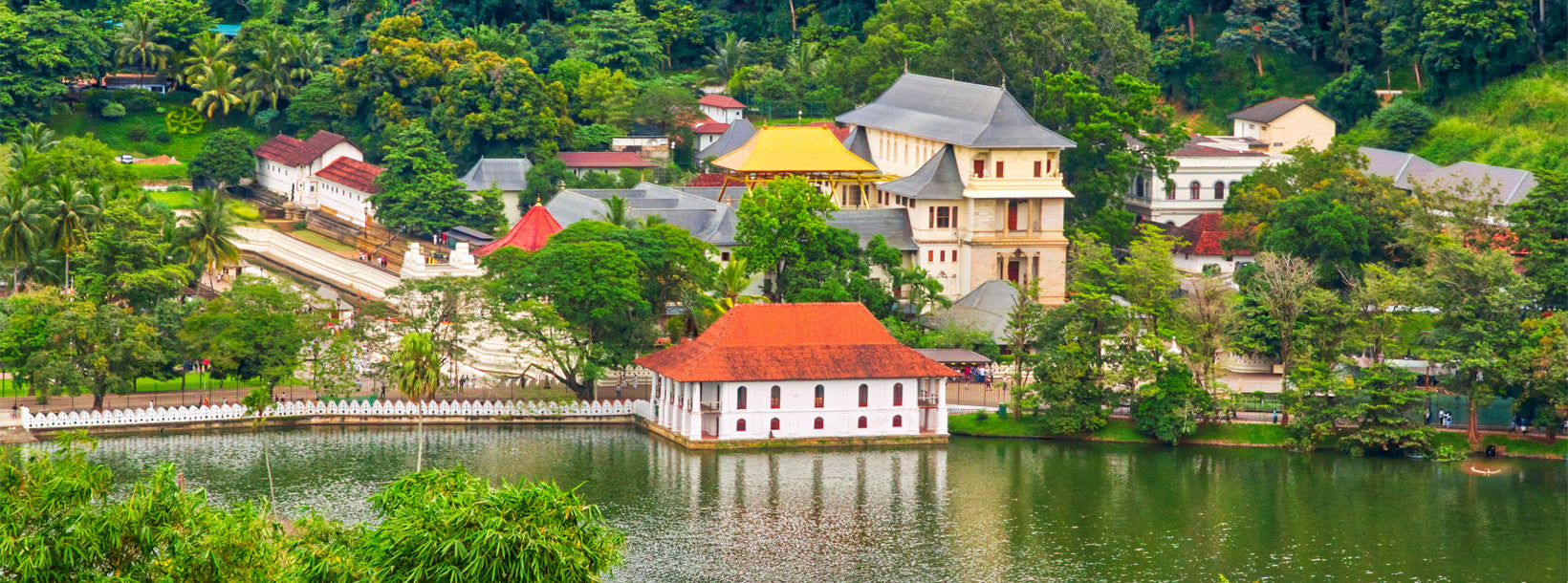
Temple of the Tooth Relic
In the Central Highlands, almost dead centre in the little island of Sri Lanka lays Kandy City. The crown jewel of the city is the famed Sri Dalada Maligawa, also known as the Temple of the Tooth. ‘Maligawa’ literally translates to palace, and the temple is part of the palace complex.
Temple of the Tooth Relic
In the Central Highlands, almost dead centre in the little island of Sri Lanka lays Kandy City. The crown jewel of the city is the famed Sri Dalada Maligawa, also known as the Temple of the Tooth. ‘Maligawa’ literally translates to palace, and the temple is part of the palace complex. The entire complex is over three centuries old at least, and has seen many a king’s rise and fall. It has seen bloody wars and peaceful reigns and is one of the most historical places still standing in the island
History
- The Sacred Tooth of Lord Gautama Buddha is preserved in Kalinga, India.
- The Kalinga king Guhasiva in the 4th century AD sends the tooth relic to Sri Lanka with Prince Danta and Princess Hemamala in order to prevent its possession by his enemies who made war.
- The tooth relic is received by the then King Meghavanna in Anuradhapura and enshrined in a 3rd century holy edifice.
- The tooth relic became a symbol of status denoting the right to ascend the throne, and later kings in the kingdoms of Anuradhapura, Polonnaruwa and Dambadeniya built temples for the relic close to the royal residences.
- In the era of the Kotte Kingdom, the temple of the tooth was situated in the toyal city – Sri Jayawardenapura Kotte.
- With the rise of the Kingdom of Kandy the Tooth of Lord Buddha was brought to the city, where it was housed in a two story building by the King Vimaladharmasuriya I. The building did not survive the ravages of time.
- The tooth relic was taken into hiding during the Portugese Invasion in 1603. It was brought back to Kandy by King Rajasingha II almost half a century later, and rehoused in a building identical to the former building.
- The current temple of the tooth was built by King Vira Parakrama Narendra Singha in the early 1700s. There was further construction on the moat and octagonal structure by the later King Sri Wickrama Rajasingha.
- The Temple of the Tooth suffered damage and had to be repaired due to various civil wars in the late 20th century.
Folklore
Legend states that after Lord Buddha was cremated following his death, his remains were distributed among the different realms for worship. Apparently of all these remains his four canines were the holiest of all.
Of the four canines; the right canine was supposedly taken for worship by the King of Gods, another canine was taken by the king of the land Gandhara (an area which now is Pakistan), while the third was taken by the Nagas (snake people) who worshipped it in a golden shrine room, and the final left canine was given to the King of Kalinga in East India.
Architecture
- Temple of the Tooth building complex.
- The Main Entrance.
- Moat.
- The Octagon (Paththirippuwa).
- Handun kunama.
- The Golden Canopy.
- The Temple of the Tooth Museum (New Palace).
- The Royal Palace.
- The National Museum of Kandy.
- International Buddhist Museum (Old Courts).
- Kandy Lake.
- Queen's Bath.
- Jayathilaka mandapaya.
The entire temple complex, from peaked tiled roofs to white walls with large airy windows, is built using classical Kandyan architecture. The main shrine has two floors. There are various chambers in the floors including the one where the tooth relic is kept known as ‘handun kunama’.



